NOTE: Translated from
https://svenwal.de/blog/20210316_kong_manager_install/
TL;DR: If Kong Manager is not working, check the settings for KONG_ADMIN_API_URI and KONG_ADMIN_GUI_URL.
Introduction to Kong Manager
Since February 2021, Kong Manager (previously an Enterprise feature for many years) has become part of the free version of Kong.
I have used Kong Manager for a long time and have helped many users set it up correctly, so I would like to share some typical configuration issues.
Kong Manager is Easy to Use
Kong Manager works out of the box. If you install and enable Kong (Free or Enterprise) on your local machine, you can immediately access Kong Manager at http://localhost:8002.
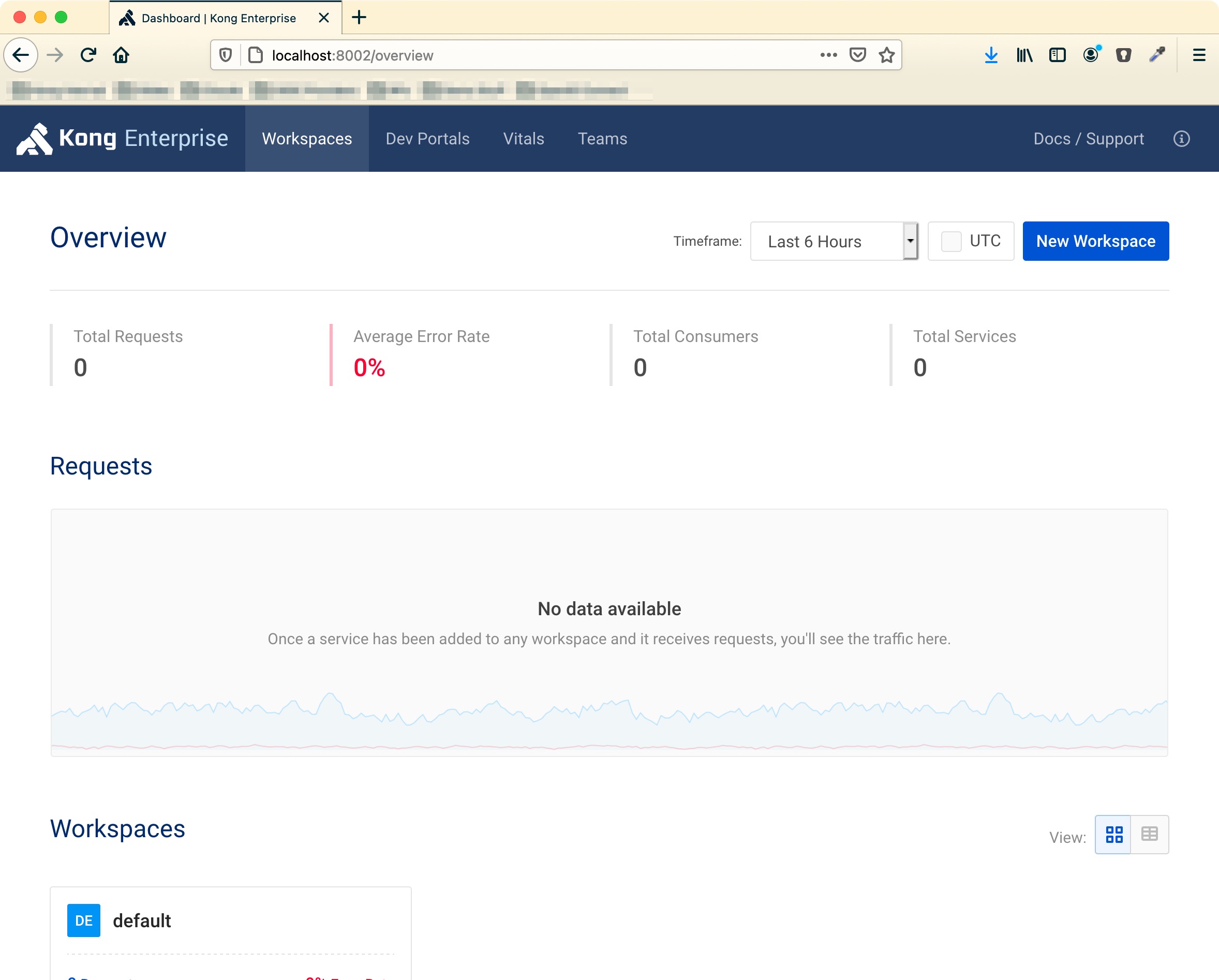
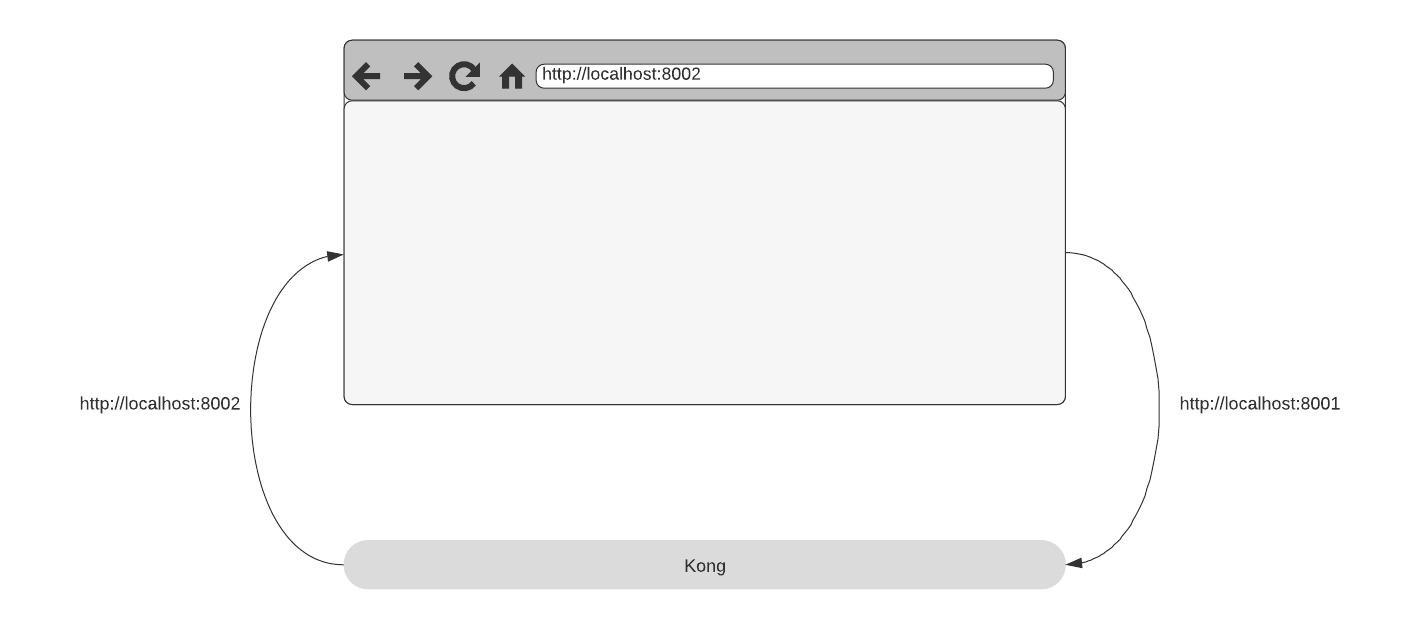
How It Breaks (and How to Fix It)
In real installations, instead of placing Kong Manager on a local machine, you install it on a server and access it using proper DNS entries. While doing so, you want to use a different hostname instead of a port like 8002.
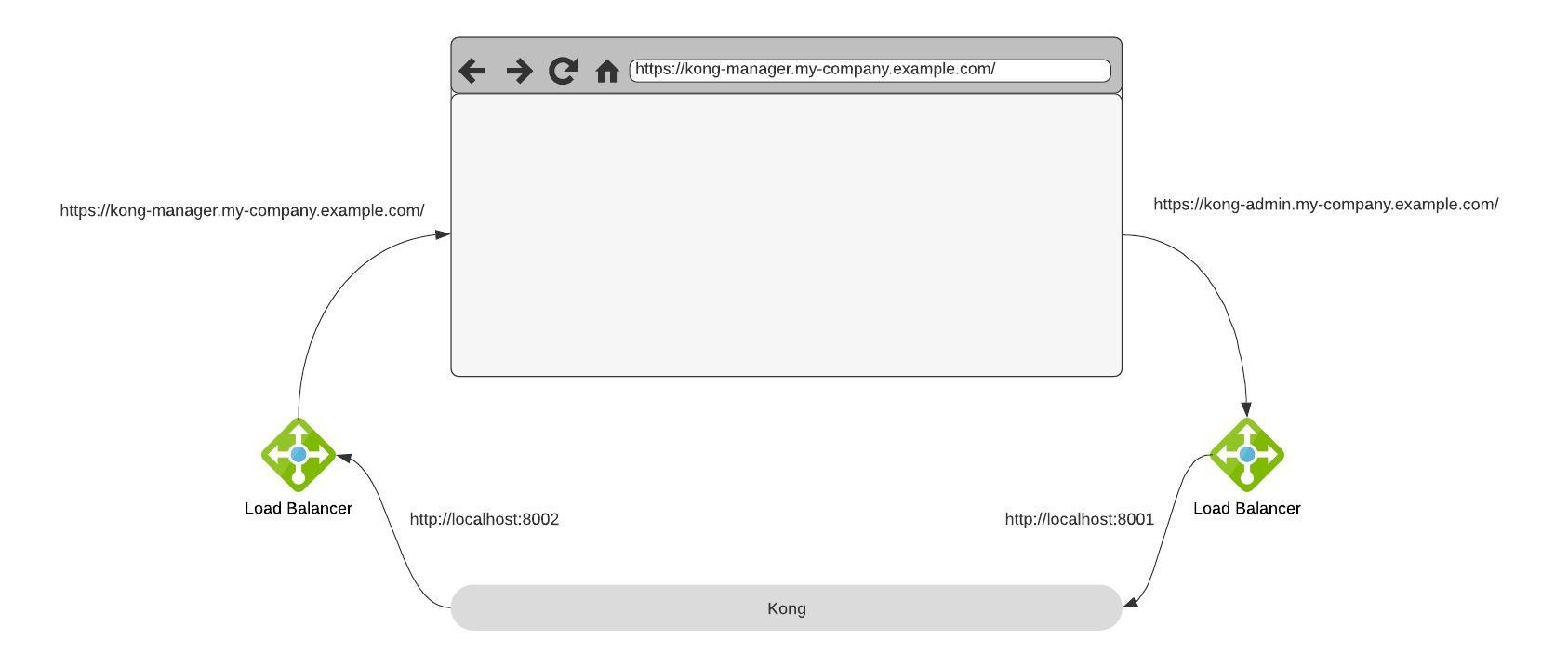
Suppose Kong is installed behind a LoadBalancer/Ingress/… and Kong Manager is exposed with a nice hostname like https://kong-manager.my-company.example.com. When you open this, Kong Manager appears, but the default workspace is missing, and there is no button to create a new workspace. So, what happened?
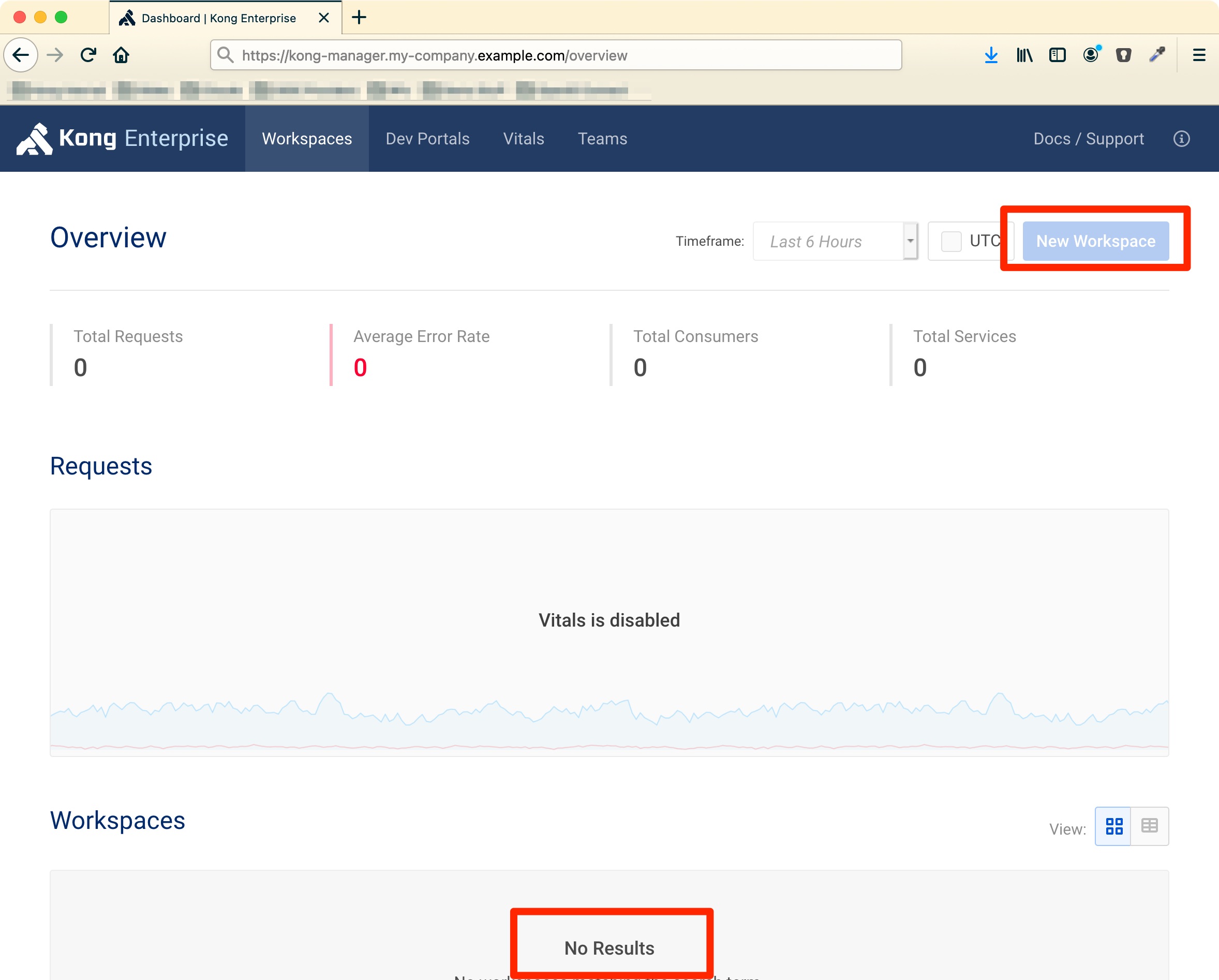
Everything in Kong is API-based, and the entire Kong Manager UI is a browser-based application running locally in your browser. If you haven’t changed the settings, it will start making calls to the default Admin-API address (http://localhost:8001).
Since Kong cannot know the external URL of the Admin-API, you need to specify it in the configuration. For example, if you map port 8001 to https://kong-admin.my-company.example.com, you need to set it as follows:
| |
Or (if using environment variables):
| |
Now, the browser knows where the Admin API is and starts making calls. However, when you actually try it, you still can’t access it properly. So, what’s missing?
We created different hostnames for Kong Manager and the Admin API, which triggers the browser’s CORS protection. JavaScript on https://kong-manager.my-company.example.com tries to call https://kong-admin.my-company.example.com, and the browser rejects it (due to cross-origin). So, as a second step, you need to check if the Admin-API is sending the correct Allow-Origin-Header. For that, you need to tell Kong what the Kong Manager URL is.
| |
Or (if using environment variables):
| |

Now you can successfully access the Workspace.
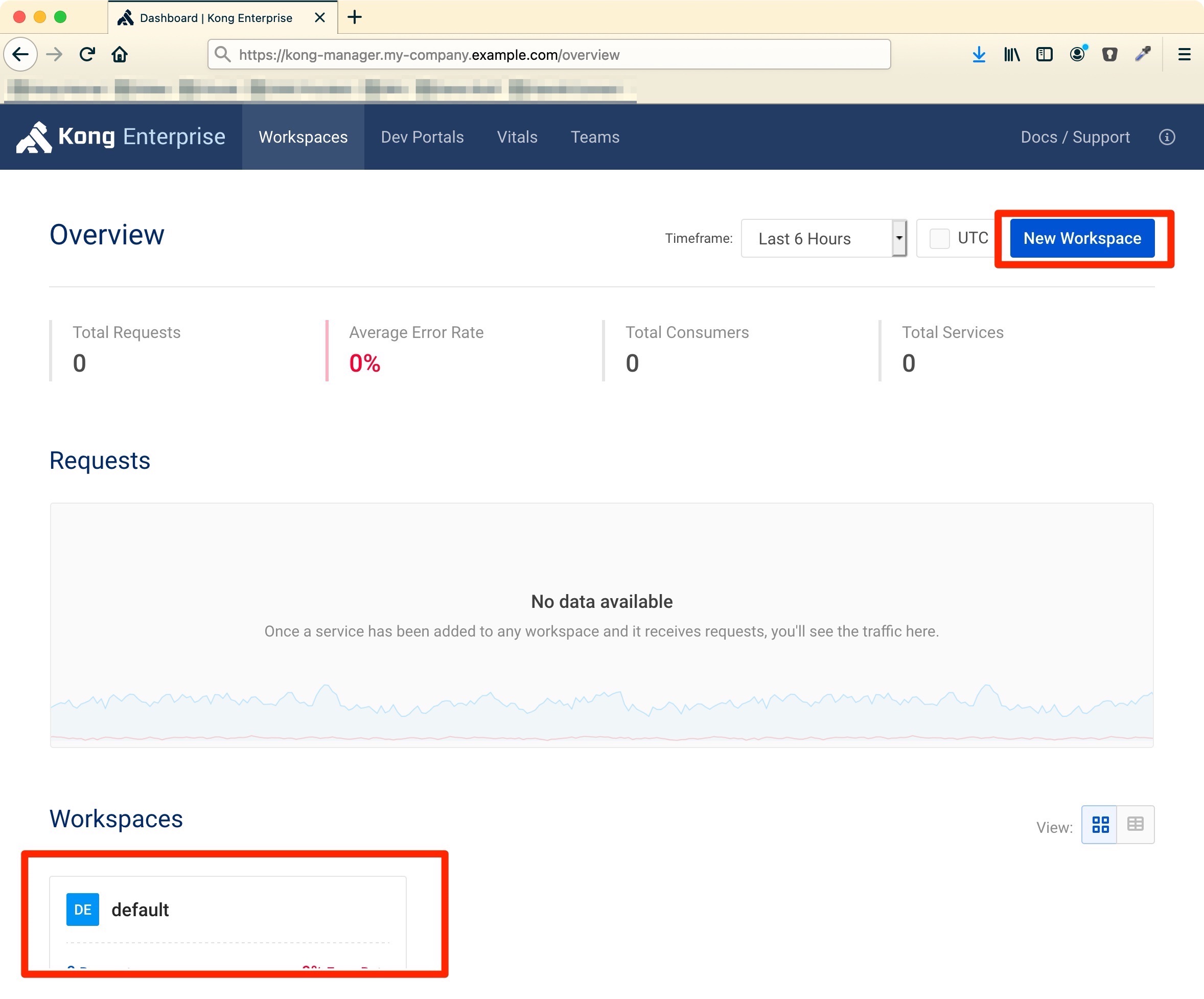
Enabling RBAC and Logging
If you are using Kong Enterprise, you usually need to protect the Admin-API and Kong Manager with RBAC. Suppose you set up everything for basic-auth and the Kong-Admin-Token header works well with the admin API. However, when you open the browser and log in (hint: if you set a password at startup, the default username is kong_admin), it doesn’t work as expected.
In the above example, the login itself works, but the created session cookie is not valid for both domains (https://kong-manager.my-company.example.com and the Admin-API). When you log in at https://kong-manager.my-company.example.com, the cookie is only valid for the UI, not for the Admin-API.
To make the browser accept this cookie for both DNS entries, you need to configure it to be valid for both.
| |
Or (if using environment variables):
| |
The important part here is cookie_domain. You need to set a subdomain that is shared by both URLs. In this example, my-company.example.com is shared by both.
Hint: In this example, I also added Cookie_secure. If you are exposing Kong only via http, you may want to add this.
NOTE: For certain domains, especially those from cloud providers (e.g.,
.amazonaws.com), cookies are blocked in the browser. If you have cookie issues, refer to this StackOverflow post.
Developer Portal Too
Having learned a lot about the main principles of API-based user interfaces, the Developer Portal also shares the same principles (web-based UI and API). Therefore, you need to do similar things to make it work.
| |
Or (if using environment variables):
| |
If you are using OpenID Connect, this setting is not required. Instead, check the OIDC plugin’s config.session_cookie_domain (in this example, config.session_cookie_domain=my-company.example.com).
NOTE: For certain domains, especially those from cloud providers (e.g.,
.amazonaws.com), cookies are blocked in the browser. If you have cookie issues, refer to this StackOverflow post.